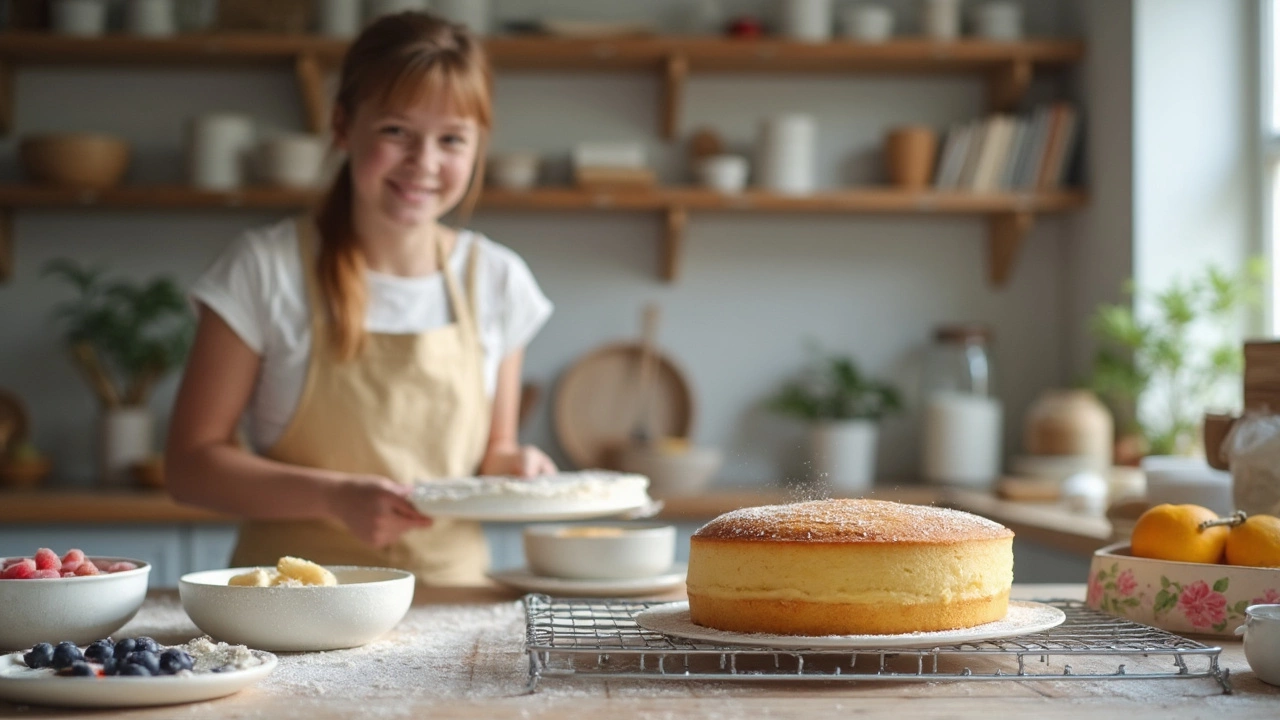
You’ve seen gorgeous cakes loaded with cream—dripping, whipped, or piped in swirls. But what if you skip the cream? You actually get a totally normal kind of cake! Most traditional cakes, like classic sponge, pound, or butter cakes, don’t use any cream at all. They rely on eggs, flour, sugar, and butter. Sometimes, bakers use oil or yogurt to make them softer, but there’s still no need for cream.
If you’ve ever baked a simple banana bread, carrot cake, or even a basic chocolate loaf, you’ve already tasted the charm of these cream-free cakes. They come out moist and flavorful when done right—and they’re way easier to store and transport, too. You don’t have to fuss with melting or splitting creams, and you can usually toss leftovers in your lunchbox without causing a mess.
- What Do You Call a Cake Without Cream?
- Popular Types of Cakes Without Cream
- Why Choose a Cake Without Cream?
- Tips for Baking Creamless Cakes
- Easy Cream-Free Cake Recipes to Try
What Do You Call a Cake Without Cream?
People toss around a bunch of names, but there isn’t a single official name for a cake without cream. Bakers usually just call it by its style, like “sponge cake,” “butter cake,” “pound cake,” or “loaf cake.” All of these are made with simple ingredients: flour, sugar, eggs, and either butter or oil. No cream needed. If you spot a cake at the store or in a recipe book without any creams or whipped toppings, it almost always falls into one of these categories.
Here’s how a few of these types break down:
- Sponge Cake: Light and springy, mainly eggs, sugar, and flour. No butter or oil, and definitely no cream.
- Pound Cake: Heavy on butter, less on fluff. The name comes from old-school recipes using a pound each of flour, butter, eggs, and sugar.
- Butter Cake: This is what you’ll find as a typical birthday cake. Rich, moist, but still cream-free unless you add it later as a topping.
- Bread-style Cakes: Think banana bread or zucchini bread—technically cakes, but baked in a bread pan, with no cream anywhere.
Sometimes, people ask if “dry cake” is the right term. Not at all! Dry cake means something went wrong. A creamless cake can be just as soft and moist as a frosted one when made properly. It’s really all about the recipe and how you mix.
| Popular Cake Type | Contains Cream? | Main Moisture Source |
|---|---|---|
| Sponge Cake | No | Eggs |
| Pound Cake | No | Butter and Eggs |
| Banana Bread | No | Banana, Oil, or Butter |
| Standard Birthday Cake (unfrosted) | No | Butter or Oil, Eggs |
| Cheesecake | Yes, often | Cream Cheese, Cream |
So next time you skip the cream, just describe your cake by its main style. You’ll sound like you know your stuff, and no one will be expecting a dessert that’s dry or boring.
Popular Types of Cakes Without Cream
When people hear “cake,” their minds often jump to something covered with frosting or whipped cream. But here’s the secret: most traditional cakes are made completely without cream, and they taste amazing. These cakes have been around for generations—and for good reason. Let’s look at some of the top picks around the world.
- Sponge Cake: The backbone of so many classic desserts. It’s fluffy, made with eggs, sugar, and flour. There’s no cream in the batter—just a light texture from whipped eggs.
- Pound Cake: Dense, buttery, and rich. The traditional recipe calls for a pound each of flour, butter, eggs, and sugar. Not a drop of cream. It’s brilliant sliced with tea or coffee.
- Banana Bread: Yes, it counts. Moist, sweet, and made using mashed bananas. You don’t need cream—just ripe bananas, oil or butter, and simple pantry stuff.
- Carrot Cake: Moist and spicy, loaded with shredded carrots and nuts. While you often see it topped with cream cheese frosting, the cake itself is totally cream-free.
- Basic Chocolate Cake: Plenty of chocolate cakes use just cocoa powder, flour, sugar, and oil or butter. No cream in the mix—just rich, chocolatey bite.
- Butter Cake: Another simple, all-rounder cake. Think classic birthday cake base. Butter, sugar, flour, eggs, and maybe a splash of milk, but no cream needed.
Curious how these cakes compare? Check out this handy table for a quick overview of their usual ingredients:
| Cake Type | Main Fat Source | Typical Add-Ins | Cream Used? |
|---|---|---|---|
| Sponge Cake | Butter or Oil | Eggs, Vanilla | No |
| Pound Cake | Butter | Vanilla, Lemon | No |
| Banana Bread | Oil or Butter | Banana, Nuts, Cinnamon | No |
| Carrot Cake | Oil | Carrots, Nuts, Spices | No |
| Butter Cake | Butter | Vanilla | No |
| Chocolate Cake | Oil or Butter | Cocoa Powder | No |
According to the American Bakers Association, “Classic cakes like sponge and pound cake were designed for simplicity and everyday meals, before modern fillings or dairy toppings were common.”
The humble sponge cake remains a staple for its light texture and adaptability—it’s the base for countless celebrated desserts worldwide. — American Bakers Association
The best part? These cakes are super flexible. Add fruits, spices, even swap oil for butter or vice versa to fit what you have in your kitchen. If you’re searching for a cake without cream, one of these classic options is probably sitting in your own recipe box—or maybe in your grandma’s old cookbook.
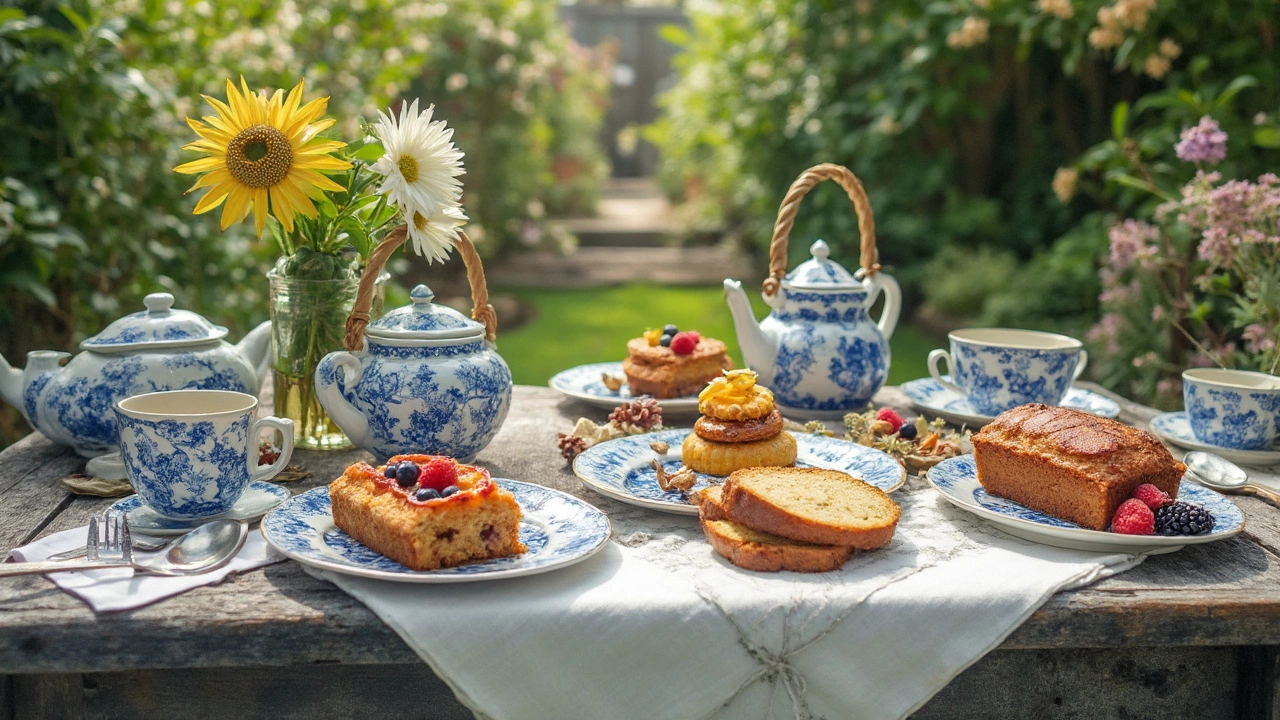
Why Choose a Cake Without Cream?
Straight up, not everyone loves cream—some folks can’t have it, and others just find it too rich. Plenty of people make cake without cream for good reasons that have nothing to do with “missing out.”
- Easier to bake for allergies: Cream usually means dairy, which is a no-go for lactose-intolerant or dairy-allergic friends. Cream-free cakes open up dessert for more people.
- Longer shelf life: Cakes with cream go bad fast; think 1–2 days at room temp, max. Creamless cakes, especially simple loaves or sponges, can last 3–5 days, and freezing them is easy.
- No refrigeration needed: Take your cake on a picnic, to the office, or send it to school without worrying about it spoiling on the ride. No cream, no melt.
- Lower in calories and fat: Skipping cream can make a big difference if you’re watching what you eat. Lots of butter cakes, sponges, or fruit cakes feel lighter on the stomach.
- Cheaper to make: Cream ramps up grocery bills. Most pantry cakes take everyday essentials—eggs, flour, sugar, a little oil or butter. Easy on budget and shopping hassle.
Here’s a quick comparison to show the difference in calories, shelf life, and storage:
| Type | Calories per Slice (avg.) | Shelf Life at Room Temp | Needs Fridge? |
|---|---|---|---|
| Chocolate Cream Cake | 380 | 1-2 days | Yes |
| Plain Butter Cake | 210 | 4-5 days | No |
| Banana Bread | 190 | 4-5 days | No |
| Sponge Cake | 150 | 3-4 days | No |
Honestly, if you want something less fussy and more crowd-friendly, a cake without cream checks a lot of boxes—easy, budget-friendly, and tasty. Plus, you don’t need mad skills to make one look (and taste) great.
Tips for Baking Creamless Cakes
Baking a cake without cream isn’t hard, but there are a few tricks to make sure it turns out soft and tasty. First, always pay attention to your fat source—since you’re skipping cream, you’ll need something like butter, oil, or even yogurt to keep the cake moist. If you notice your batter looks a bit dry, mixing in applesauce or mashed banana can work wonders and sneak in some extra flavor too.
Using the right pan matters. Metal pans give a nice, even bake, while glass pans keep things moister but sometimes make the edges too dark. Don’t forget to grease or line your pan—nothing is more annoying than cake stuck to the bottom.
- Don’t overmix. When you add flour, just stir until it disappears. Overmixing will make a cake tough, not tender.
- Adjust your baking time. Creamless cakes often bake faster, so start checking for doneness about 5-10 minutes before the recipe says. Stick a toothpick in the center; if it comes out clean or with a few crumbs, you’re good.
- Flavor boosters help. Add a splash of vanilla, cinnamon, or citrus zest for a little extra punch. If you love a nutty taste, try swapping part of the flour for almond meal.
- Keep an eye on cooling. Let your cake cool in the pan for 10 minutes before turning it out, so it holds its shape.
For a quick comparison of common creamless cake ingredients and the textures they give, check out the table below:
| Ingredient | Texture | Common Cakes |
|---|---|---|
| Butter | Rich, tender crumb | Sponge, pound cake, cake without cream |
| Vegetable Oil | Moist, soft | Banana bread, carrot cake |
| Yogurt | Moist, slightly tangy | Snack cakes, tea cakes |
| Applesauce/Banana | Soft, dense | Vegan cakes, breakfast loaves |
Room temperature ingredients make a difference for texture, so don’t use cold eggs or butter straight from the fridge. Little things like this can make your cake fluffier and lighter—exactly what you want when there’s no cream involved.

Easy Cream-Free Cake Recipes to Try
So you want a cake without cream that actually tastes good? Don’t stress. These recipes are handy when you don’t want to fuss with fresh cream or just don’t have any in the fridge. They’re classic for a reason.
You’ll spot these cakes in every home baker’s playbook—for birthdays, picnics, and work snacks. They’re the no-drama crowd-pleasers. Fewer ingredients, less hassle, same payoff.
- Sponge Cake: The OG of creamless cakes. Eggs give it fluff and bounce, no cream needed. It’s super versatile—dust it with powdered sugar or pile on fruit.
- Banana Bread: Not just breakfast. This loaf uses ripe bananas for sweetness and moisture. Swap in a few chocolate chips for a treat, or go classic.
- Chocolate Loaf Cake: Mix cocoa powder and oil instead of cream. Top with a simple glaze or leave plain. It stays soft for days.
- Carrot Cake: You get vegetables and dessert in one slice. Just carrots, oil, and nuts—totally cream-free unless you frost it afterward.
- Victoria Sandwich: A true British classic. Layer two sponge cakes with a jam filling. No cream, but the jam keeps it moist and sweet.
For folks who need dairy-free, you can almost always swap out regular milk for a plant-based version. If you’re worried a cake might dry out, try adding applesauce, yogurt, or mashed fruit to boost the moisture without any extra fat.
| Type of Cake | Average Bake Time (mins) | Main Moisture Source |
|---|---|---|
| Sponge Cake | 25–30 | Eggs |
| Banana Bread | 50–60 | Bananas |
| Chocolate Loaf Cake | 45–50 | Oil/Milk |
| Carrot Cake | 50–60 | Carrots/Oil |
| Victoria Sandwich | 20–25 | Eggs/Butter |
Looking for easy instructions? Here’s a helpful framework for a basic sponge cake—no cream, no tricks:
- Preheat oven to 180°C (350°F). Grease your pan well.
- Beat 4 eggs with 3/4 cup sugar until thick and pale.
- Fold in 1 cup sifted flour gently, keeping as much air in as you can.
- Pour into pan and bake 25–30 minutes. Cool in the tin for a few minutes before turning out.
As food historian Regula Ysewijn says,
“A cake doesn’t need cream to be indulgent—ingredients like eggs, fruits, and good flour have been delivering great cakes for centuries.”
Don’t be surprised if your friends ask for seconds. Sometimes, skipping the cream makes every other ingredient shine even more!




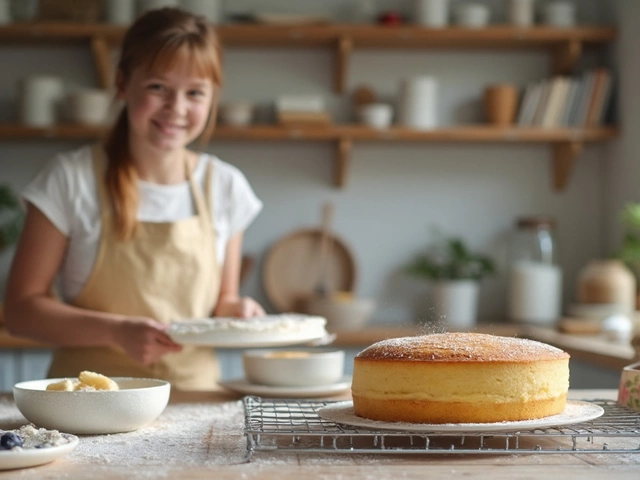
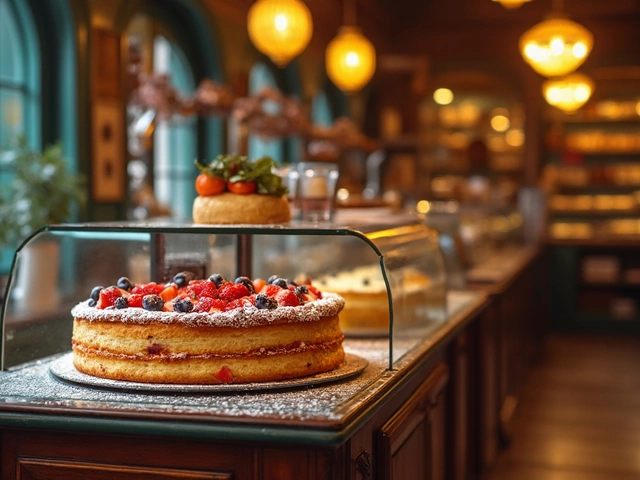





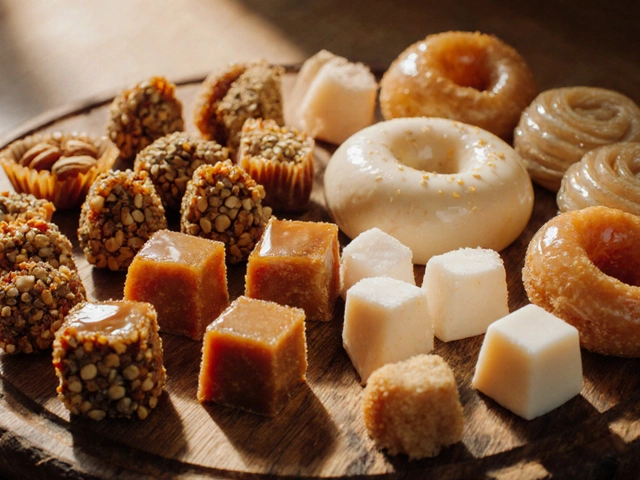
Write a comment